
Hi all, this is totally new to me. May be I'll start by introducing my self. My name is Kelvin Bwamu. I'm an Architect and Designer in Nairobi, Kenya. I have for a long time wanted to do this but have always thought it's not for me. That is until in my practice I discovered a need. The need to demystify Architecture. Many of the people I've interacted with looking for architectural services don't really understand the role of the Architect.
Most believe that the Architect's work is to come up with a set of drawings for construction purposes. Others believe the Architect is the builder. Others, and this pains me the most, think that the Architect is an overpaid consultant with the simple work of JUST drawing lines.
Any time I get a client, I try to educate them on the role of the Architect (and other consultants). Why do you need an Architect and what are you paying for?
So today I want to begin with the Architect's work in design. Simply put, the Architect is a thinker. In their training, Architects are taught how to develop solutions through creation and manipulation of spaces and their various elements. It is the Architect's work to interpret what the client says into something that's not only build-able but also livable.
I will use an example: I was approached by a client to design a 3bedroom dwelling with family room, prayer room etc. We discussed at length with the client what their idea of a perfect house was. In the discussion, words like ample lighting, large spaces came up. But at the same time, not too costly. Typically, in such a discussion, I am usually interested in the client's lifestyle habits, future expectations and their general desire among others.
I started with the following sketches: Please keep an eye on the build up from scratch to the end.
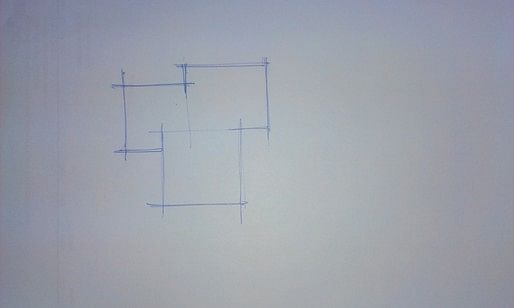
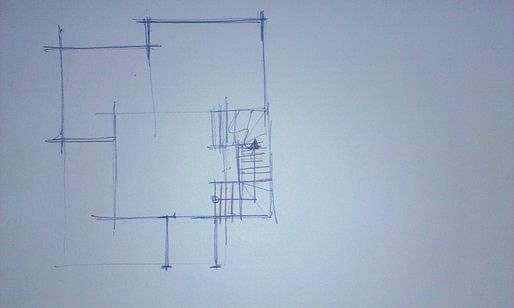
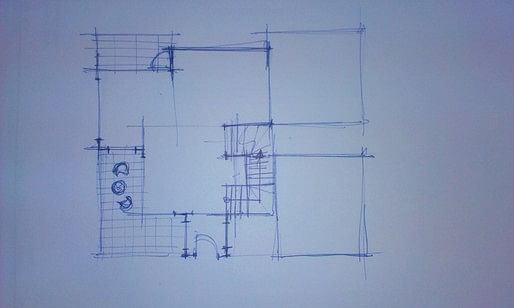

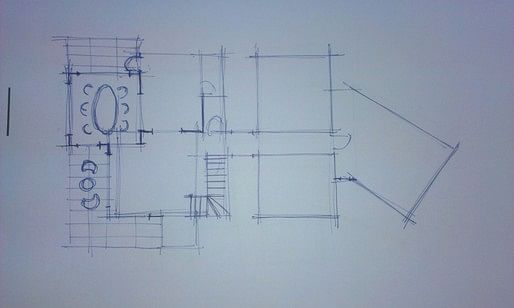
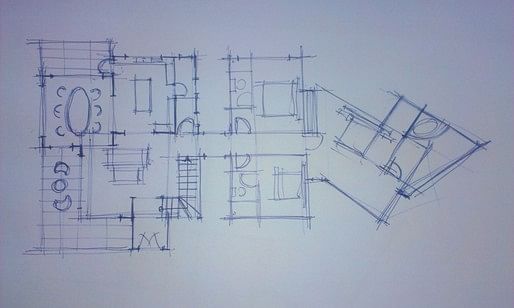

As much as the sketches are not labelled, the above sketching process is what I call building a functional relationship. A functional relationship is the interrelationship between the spaces. When a client says I want a 3 bedroom house, the Architect breaks it down to the functions of a 3 bedroom house and customizes these standard functions to the specific client behavioral patterns.
This, I believe is one of the most important roles of an Architect, being able to interpret the client's dreams on paper. The Architect gets to experience the spaces in his head before anyone else, he understands the building before it comes to be.
After coming up with the functional relationship, the next stage is to build the form. Many Architects do it differently. I use sketches still.
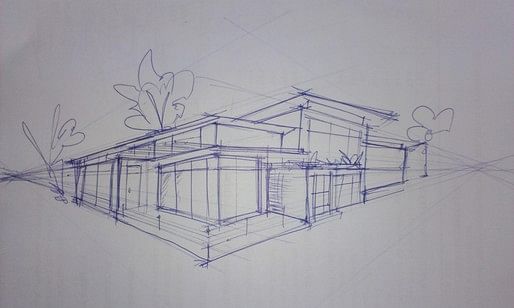
I have summarized the process. It may be much longer than it seems here. After the above process is done, then the hardest part is over. This is actually the point to stress. I believe that the above process is arguably the most taxing work for an Architect.
After this, I draft the sketch to scale on my computer. Notice that to scale, a few items may change but the general layout remains. The following is the product of the computer generated layouts.
Ground Floor plan

First Floor plan
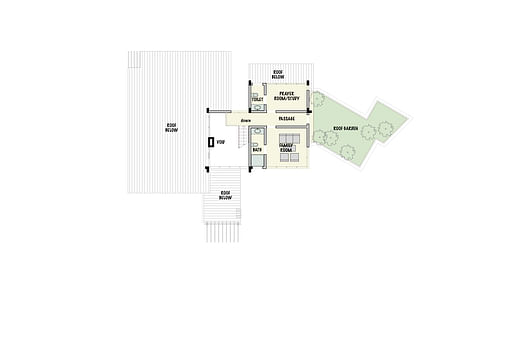 Finally the final image from the computer render:
Finally the final image from the computer render:

Interior render:
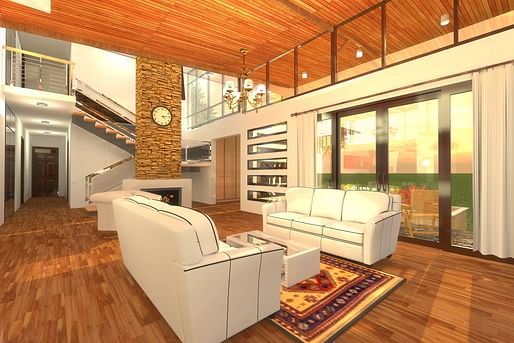
In summary, the Architect has his work cut out for him. To listen, internalize, interpret, visualize and communicate his solution to the client.
I hope this was informative. Please feel free to contact me:
twitter: @DesignCedar
To show the ideal Architectural design process from sketch work to the finished product with aim of educating people of the role of an Architect
3 Comments
great piece....continue demystifying our noble profession..
Thank you Arch. Wesonga
What is the motivation with your initial diagram? Where does that come from?
Block this user
Are you sure you want to block this user and hide all related comments throughout the site?
Archinect
This is your first comment on Archinect. Your comment will be visible once approved.